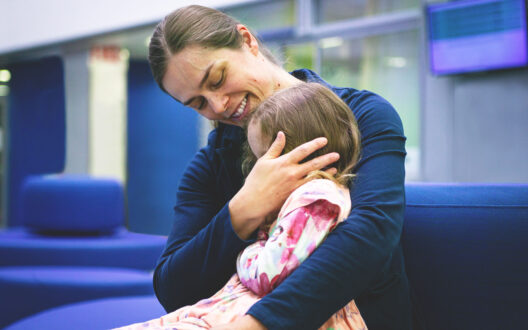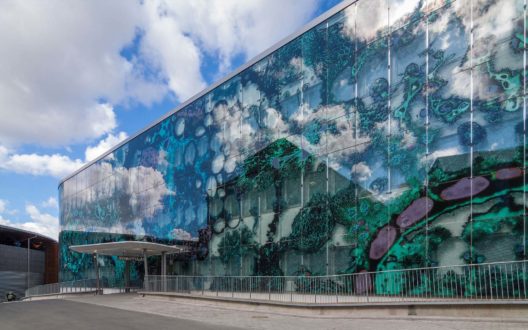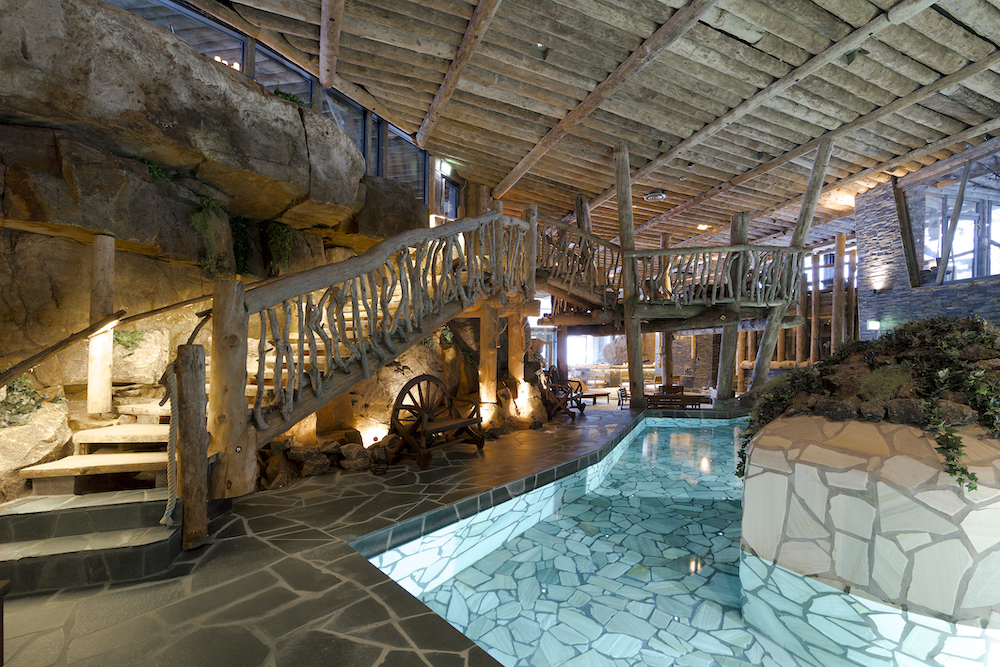Empathy design or heroic architecture?
"Is empathetic design a counterforce to heroic architecture, where the human scale is forgotten and the needs of the users of the space are secondary to showiness? In a way it is, in a way it isn't. Empathy and wow experience are not mutually exclusive. In empathic design, the center is the user, but empathic architecture can be handsome, spectacular, and wow", the artist-architect couple Partanen & Lamusuo reflects.
Architecture can have a significant impact on people's daily lives and what the experience of everyday life is shaped into. With the help of an empathic design philosophy, solutions that bring good to people´s lives are achieved. With the help of empathy, architecture stays in touch with society and the community.
"Architecture and art reflect the values of the society. Through our design philosophy, we challenge hard values. Empathetic design creates a space that is humane and suited to people," says Lamusuo.
"Architects and artists are in service professions: when designing buildings, spaces, and art, you serve other people. To truly hear another person, you need the desire and ability to put yourself in the other person's position. The basis of fruitful interaction between people is empathy, with which the customer's needs and unconscious wishes can be put together into words, experiences, and matter," continues Partanen.
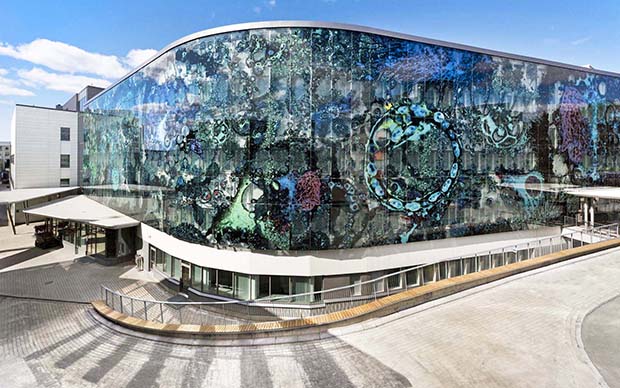
Kaarisairaala's EVOLUTION facade artwork.

The spacious, bright, and tranquil space calms the hospital's clients.
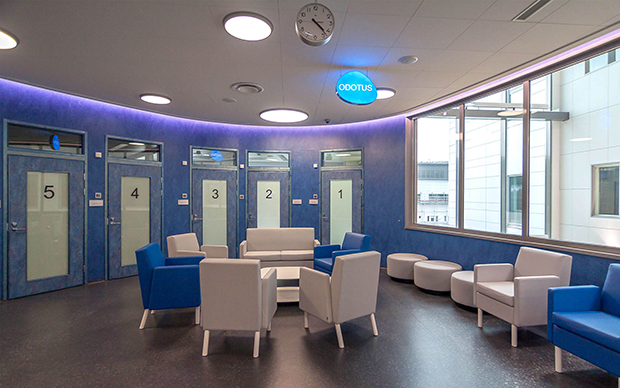
A comfortable seat in the waiting areas is also empathy.
Through empathy, architecture remains in touch with society and the community.
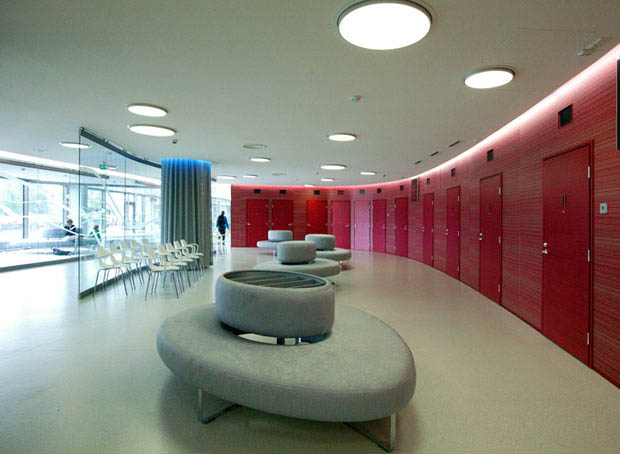
The sample collection hall's wall guides clients visually and in a user-friendly manner to the location.
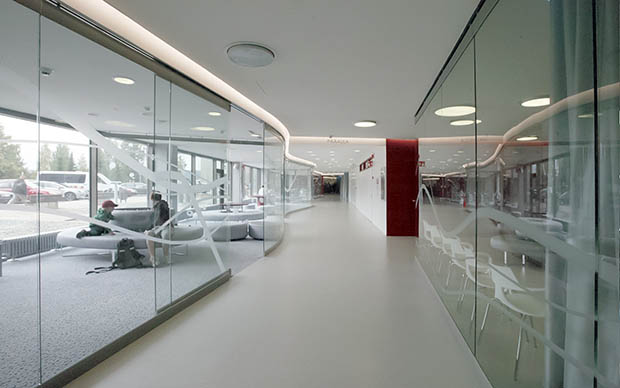
Bright spaces separated by glass walls bring peace to the otherwise hectic hospital life.
An empathetic designer thrives in different roles
Partanen & Lamusuo's design philosophy has always been based on empathy and understanding. During decades of collaboration, the artist-architect couple recognized themselves as empathic designers.
"Our design philosophy has been shaped over time through different projects, and putting it into words has happened little by little. At some point, we recognized and decided to name our way of working as empathic designing," says Lamusuo.
"It is important for us to listen and understand the customer and together make their wishes and dreams come true. We want to leave an empathetic footprint in the world and produce significant experiences. An empathetic footprint means the positive impact that egalitarian, sustainable, and community-based work leaves on the world," says Partanen.
Partanen & Lamusuo's design philosophy and methods have similarities with method acting. Method acting refers to methods by which the actor becomes alive and identifies with the character. Instead of role players, Partanen & Lamusuo look at the space through the users` eyes putting their soul into their world and experiencing it through their perspective.
"We are "method designers", that is, we put ourselves in different roles. We imagine ourselves as residents of the home that we are designing. We picture ourselves as the people working in the space or as the customers arriving there. Are the facilities comfortable and functional? Does the space support the needs of doing the work comfortably? Is it easy to find your way around the space? And how does it feel to be the cleaner or the owner of the space? We also think about how the space feels to us as ourselves: we want to feel comfortable in all the spaces we create", Partanen & Lamusuo describe the empathic design philosophy.
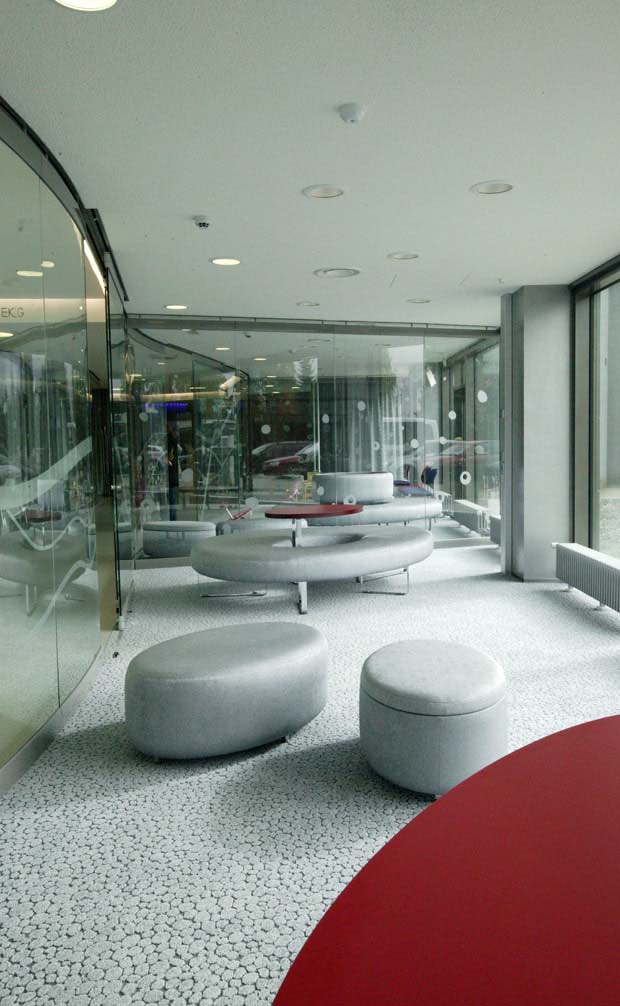
In the sample collection area, light surfaces and vivid red convey the space's purpose in a calm manner.
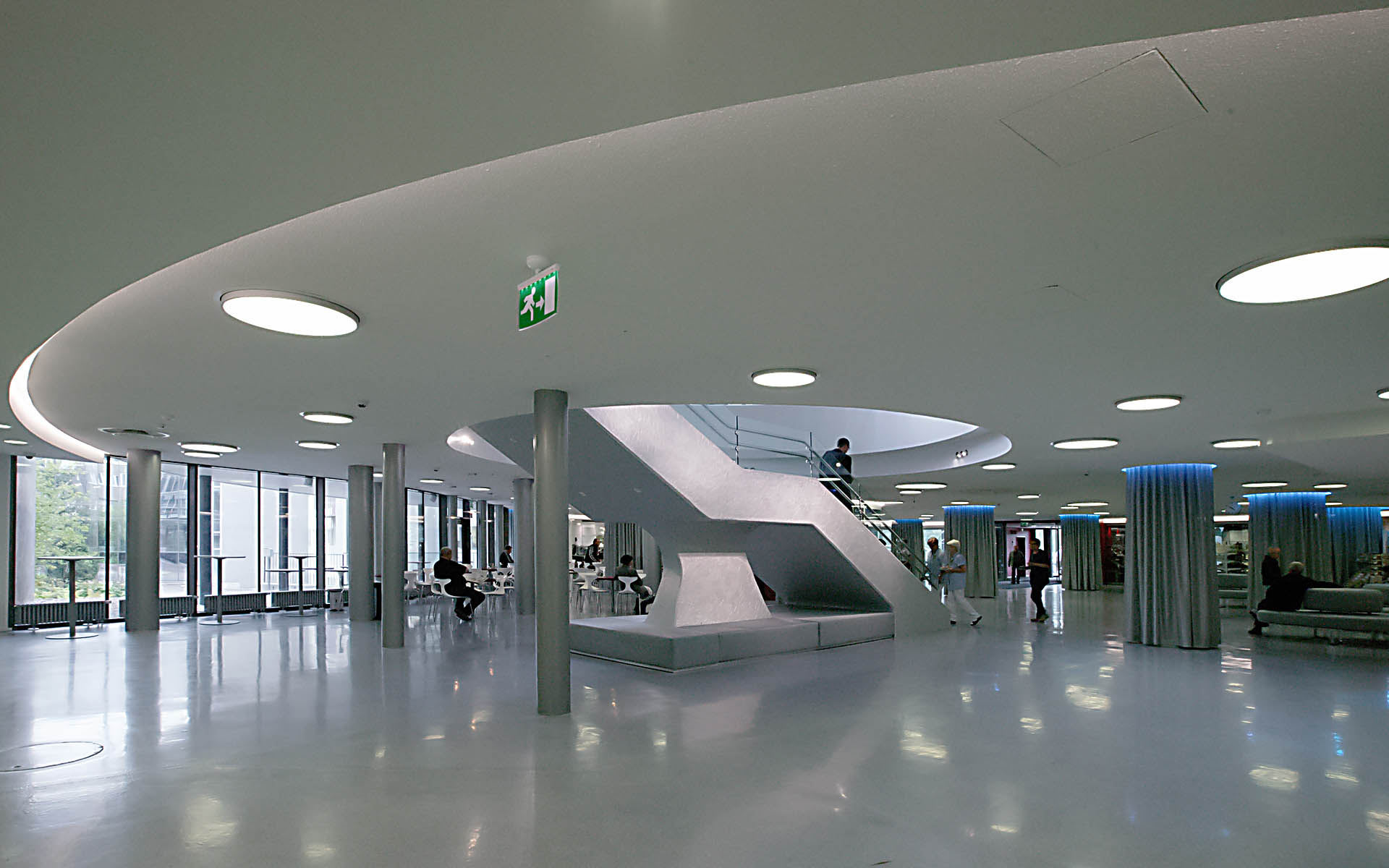
Kaarisairaala's main lobby stairs to the second floor.
Architects and artists are in service professions: when designing buildings, spaces, and art, you serve other people. To truly hear another person, you need the desire and ability to put yourself in the other person's position. The basis of fruitful interaction between people is empathy, with which the customer's needs and unconscious wishes can be put together into words, experiences, and matter.







